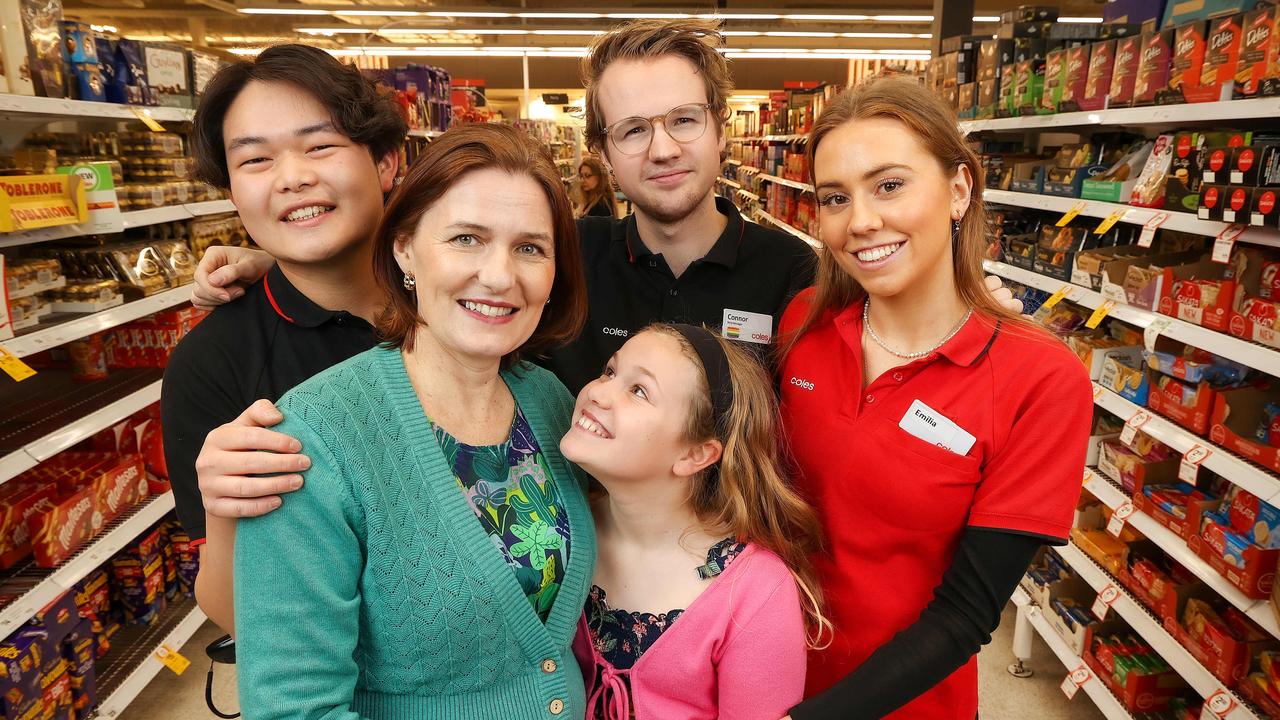Baby umbilical cord crucial: delay on cut may have multiple benefits
HOLD your horses with the scissors, new dads. Growing evidence is showing that delaying clamping and cutting the umbilical cord, giving the baby up to an extra 100ml of blood, is literally lifeblood.

VIC News
Don't miss out on the headlines from VIC News. Followed categories will be added to My News.
HOLD your horses with the scissors, new dads.
Growing evidence is showing that delaying clamping and cutting the umbilical cord, giving the baby up to an extra 100ml of blood, is literally lifeblood.
While studies have shown it can reduce iron deficiency and the likelihood of brain bleeding, the Royal Women’s Hospital is testing whether the effects go even further.

The transition from the womb’s liquid environment to the gaseous outside world sees major changes to the lungs and circulation occur in the first few minutes after birth.
But someone must be there in the moment to capture this precious data.
Honours student Pamela Gebrehiwot is that woman.
Ms Gebrehiwot has recruited almost 100 babies needed for the study.
The University of Melbourne student will present her preliminary findings today at the Women’s Research Week symposium.
Immediately as the baby is put on its mother’s chest, the 21-year-old is there; attaching a sensor bracelet on its wrist to record the baby’s heart rate and oxygen saturation levels for 10 minutes.
“Historically, delayed cord clamping was advocated by a lot of key people like Aristotles and Darwin, but old is new again because we’re actually understanding its benefits,” Ms Gebrehiwot said.
Deputy director of Newborn Research, Dr Jennifer Dawson, said early results suggested that delaying cord clamping for at least 90 seconds improved the baby’s heart rate.
“Heart rate is the most important indicator if a baby is transitioning well or not,” Dr Dawson said.
“We think fewer babies will need active resuscitation if we leave them on the cord. We think it helps that transition by the baby’s internal mechanisms, changing from foetal circulation to outside circulation.”
The team aims to next test whether this can help premature babies — with plans to bring the resuscitation table to the mother’s bedside while the cord is still attached.


